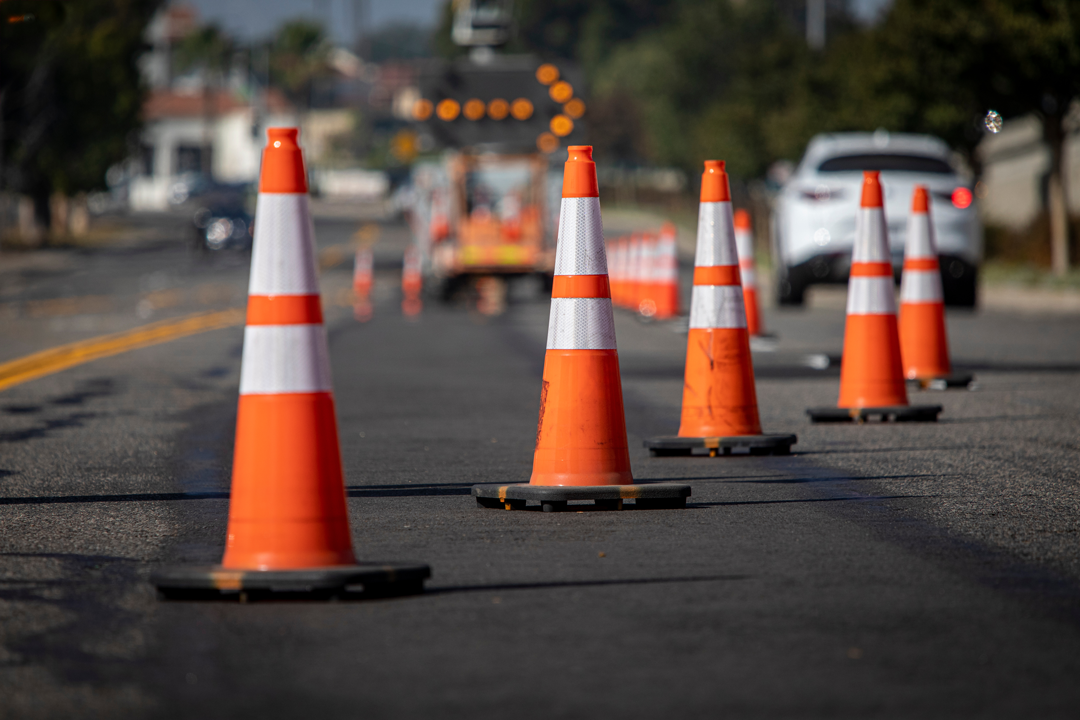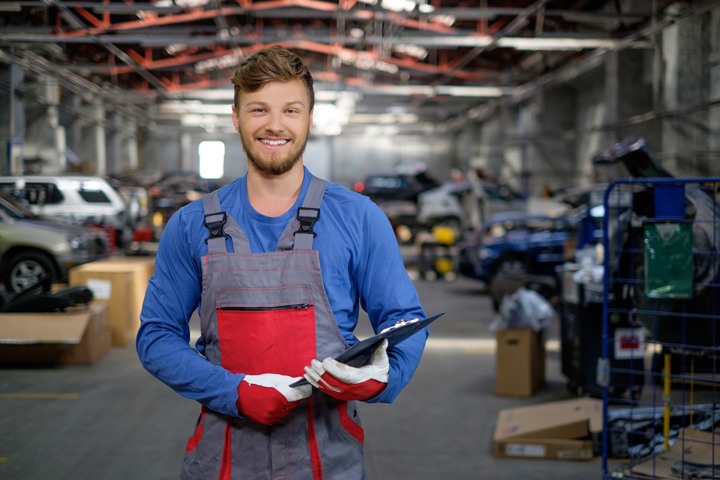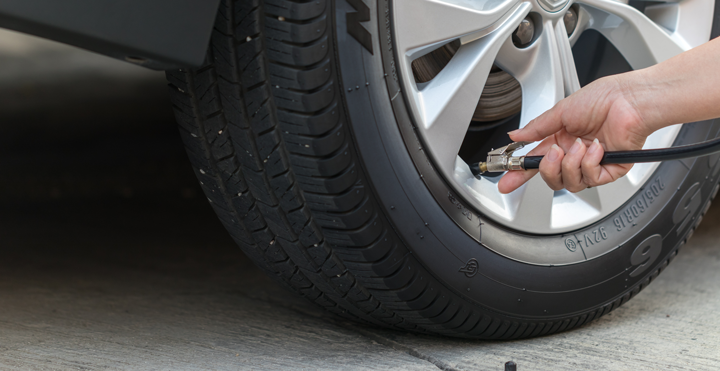How to Check Your Vehicle for Frame Damage
Knowing how to check for frame damage to your vehicle has been in an accident is vital to protecting yourself and others. Even a minor fender bender can cause lasting frame damage that turns your vehicle into a hazard on the road. It can increase the cost of maintaining your car by putting excessive stress on parts of the vehicle that aren’t designed to handle it. Luckily, there are some tell-tale signs to check for after you’ve been in an accident to determine if you have vehicle frame damage that needs repair.
Looking for collision repair services in Flagstaff?
Contact Flagstaff Collision Center today!
Your Vehicle's Frame is its Skeleton and Support
A vehicle’s frame (also known as a chassis) is the underlying support structure, akin to skeleton, on which the various components of the car rest. Older cars typically have a body-on-frame construction, where the body’s skeleton is connected to a rectangular frame that holds the wheels, suspension system, drive train, and other components. Most newer vehicles use a unibody construction, which unites the body and frame components into a single structure. Many components of your car rely on being attached to a precise spot on a car’s frame to properly function, meaning that it’s not safe to drive a car with a bent or broken frame.
Related: Can Car Frame Damage Be Repaired?
How to Check for Frame Damage
Any car accident can bend or break your vehicle's frame, even if your car doesn't exhibit any visible signs of damage. After an accident, your car could be misaligned and suffer from other problems that may put you in danger while driving. If you don't know how to check for frame damage, you may not discover it until you’re in danger on the road. Here are some expert tips on how to evaluate your vehicle for auto frame damage.
Out of Alignment
One way to tell that your car has frame damage is if you notice that it’s newly out of alignment while driving. Your car’s wheels are attached to its frame, so if the frame is bent, it can introduce bias into your car’s movement. If you’re driving in a straight line but notice that your car veers on its own to the left or right, it’s likely that your car has vehicle frame damage.
Uneven Tire Tread
If you notice that your car’s tread is wearing unevenly, it is an indicator of underlying frame damage. Your car’s tires are precisely aligned with one another, and if the frame holding them is bent in any way, the wear pattern will shift. The reason for this is that with a bent frame, a different part of the tire will make more contact with the road.
Gaps in the Vehicle's Body
Your car’s body has some gaps between its components, such as the door, fender, hood, and even the windows. If the space is uneven between these parts or if there is apparent damage from one part hitting another, that’s an indication that the frame underneath them has been damaged.
Doors Don't Open or Close Properly
With frame damage, your car’s door, hood, trunk, and windows may not open or close properly. If you notice that they don’t open or close fluidly after an accident, it could be a sign of underlying frame damage.
Unbalanced Wear on Shocks and Suspension
Your car’s shock and suspension system are meant to hold the tremendous weight of your car. As a result, any damage to your car’s frame can displace its weight, causing the shock and suspension system to wear down faster.
Creaking or Squeaking Noises
Your car should normally run like a dream, but you’ll hear squeaking after an accident if parts of your car are touching that shouldn’t be. Frame damage can cause this to happen and will accelerate wear on the affected parts of your vehicle.
Did an Auto Accident Damage Your Vehicle's Frame?
It’s vital to learn how to check for frame damage after an accident. Many people think that if their car has frame damage, it can’t be repaired, but this simply isn’t true. At Flagstaff Collision Center, we have the skilled technicians and specialized tools to successfully repair the frame of your vehicle. Contact us today to set up an appointment so we can get your car safely back on the road again!




